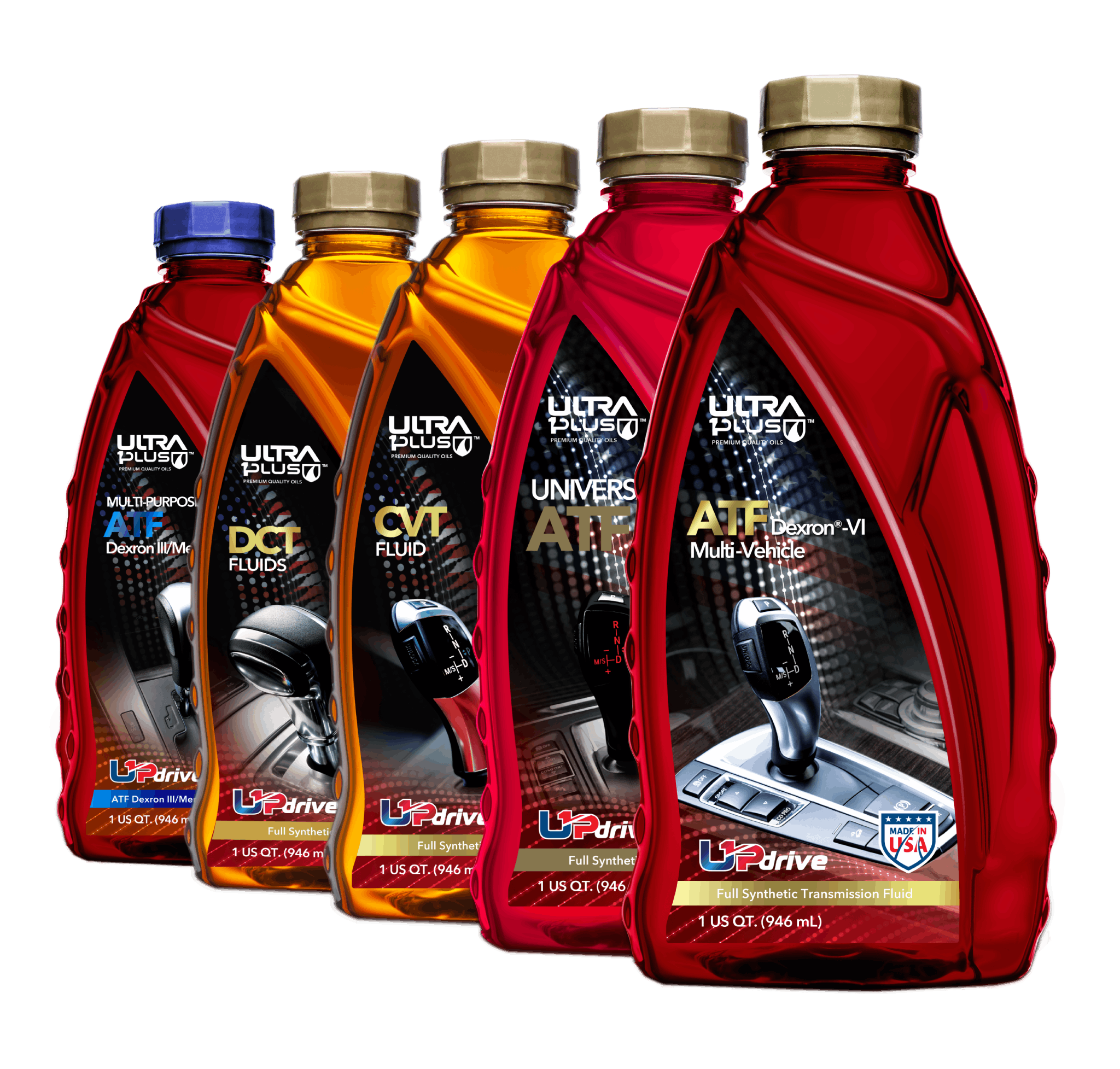Most people understand the importance of regularly changing engine oil, it’s one of the most basic and widely recognized aspects of car maintenance. However, far fewer are aware of another crucial fluid: transmission fluid. While motor oil often gets all the attention, transmission fluid tends to fly under the radar, even though it’s just as essential for keeping your vehicle running smoothly.
What is a transmission?
The transmission, or gearbox, takes power from the engine and sends it to the wheels. It uses gears and clutch packs to make sure the right amount of power is transferred smoothly, helping your vehicle run efficiently. Inside the transmission, gears, clutches, and other parts work together to choose the right gear for the situation. For example, when you start driving or pull something heavy, the transmission uses a lower gear for more power. As you speed up, it shifts to a higher gear to save fuel and reduce engine strain.
Types of transmission
Transmissions primarily fall into two categories: manual and automatic, each of which has distinct requirements for transmission fluid. A manual transmission necessitates the driver’s active engagement in both clutch operation and gear shifting, while an automatic transmission seamlessly shifts gears on its own, adjusting to changing speed and power demands. Additionally, there are other specialized transmission types, such as Continuously Variable Transmissions (CVT) and Dual-Clutch Transmissions (DCT), each offering unique performance characteristics.
What is transmission fluid?
Transmission fluid is crucial for the proper operation of a vehicle's gearbox. In manual transmissions, it lubricates the bearings and metal components inside the gearbox, preventing wear and ensuring smooth gear engagement. For automatic transmissions, however, the fluid serves multiple roles. It not only lubricates but also provides hydraulic pressure and friction to operate the internal components, allowing the transmission to shift seamlessly.
Both types of transmission fluid also help to dissipate heat, maintaining the optimal temperature to prevent overheating. Shifting gears is a demanding process for a vehicle, and transmission fluid ensures that it happens smoothly and efficiently, reducing wear on vital components. It's important to note that automatic transmission fluid (ATF) and manual transmission fluid are not interchangeable. They are specially formulated for their respective systems. ATF is designed for automatic transmissions, while manual transmissions require a fluid that is compatible with the clutch and manual gear shifting.
Given the variety of transmission fluid types and grades available, it's always a good idea to consult your vehicle's owner's manual or speak with a trusted mechanic to ensure you're using the right fluid for your car.
What Does Transmission Fluid Look Like?
Automatic transmission fluid is usually thin, clear, and red, though it can also be blue, green, purple, or amber, helping to distinguish it from other fluids. Manual transmission fluid is thicker, darker, and has a stronger odor.
Do I Need to Change My Transmission Fluid?
Yes, transmission fluid degrades over time and becomes contaminated. While changes aren’t as frequent as motor oil, it’s important to check the fluid regularly. Low or degraded fluid can cause rough shifting and serious transmission damage, leading to costly repairs.
When Should I Change the Transmission Fluid?
Transmissions are designed to operate at high temperatures, but prolonged overheating can cause the fluid to break down. Contrary to popular belief, transmission fluids are not "filled-for-life" and do need to be replaced periodically. For manual transmissions, it’s generally recommended to change the fluid every 35,000 to 60,000 miles, and for automatic transmissions, every 60,000 to 80,000 miles. Changing the fluid sooner can help maintain optimal performance and prevent issues down the road.
Neglecting regular fluid changes can lead to contamination, reduced lubrication, and poor heat dissipation, all of which can cause significant damage to the transmission and result in costly repairs.
What Type of ATF Fluid Do I Need?
The right ATF depends on your vehicle’s manufacturer, model, and year. Always follow the manufacturer's recommendations in your owner’s manual for the best performance.
Here are the main ATF types:
Multi-Vehicle ATF: One Solution for Many Vehicles: Simplify maintenance with a multi-vehicle ATF—ideal for owners of multiple makes and models. Though not brand-specific, these fluids are designed to perform reliably across a wide range of vehicles, including GM, Ford, Chrysler, and many Japanese and European brands.
Ultra1Plus™ ATF Universal Full Synthetic Multi-Vehicle Transmission Fluid Optimum Elite HD fits this need, compatible with 95% of U.S.-registered light-duty vehicles.
CVT Fluids: Required for Continuously Variable Transmissions, especially in hybrids. Ultra1Plus™ CVT Full Synthetic Universal Fluid fits this need.
Type F: Older Ford specification, mainly for classic cars and racing. Not recommended for modern transmissions.

What Is a Transmission Flush?
A transmission flush helps remove old fluid from your transmission, torque converter, and cooler lines, clearing out grime and gunk. A special machine is used to replace the dirty fluid with fresh fluid, sometimes with a cleaning solution for added effectiveness.
Regularly flushing the transmission and replacing the fluid and filter can extend its lifespan and prevent future issues. The frequency of this maintenance depends on your vehicle’s make and how you use it, so always refer to your manufacturer's recommendations.
Protect Your Transmission with the Right Fluid Change
Replacing old transmission fluid and the filter is a simple but effective way to extend the life of your transmission and prevent problems before they start. Ultra1Plus™ offers a range of fluid change options tailored to meet your vehicle’s specific needs.
Always follow your manufacturer’s recommendations for transmission care. The ideal fluid change or flush interval will depend on your vehicle type, driving habits, and operating conditions.
© 2025 Ultra1Plus™ LLC, DBA Ultra1Plus™